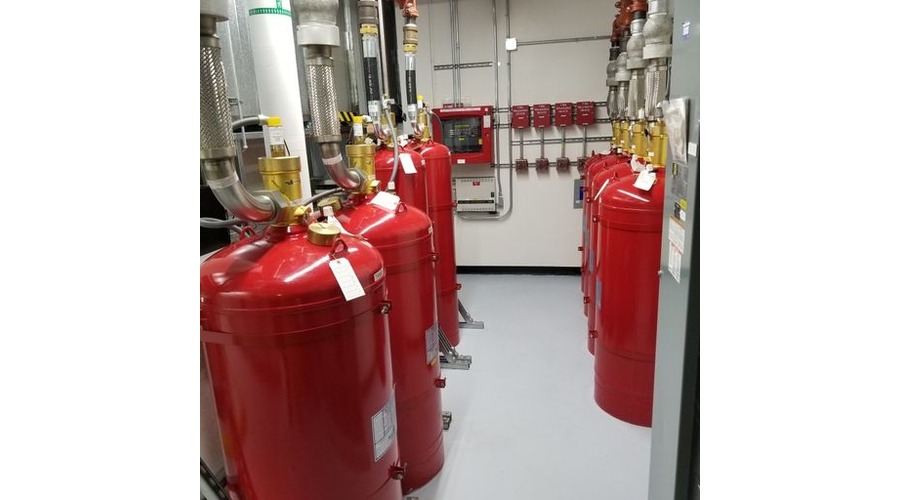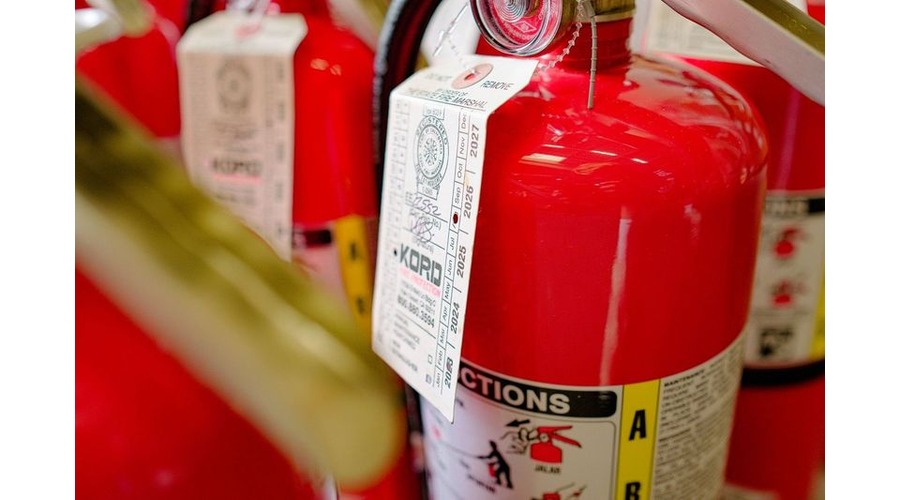

NFPA 3 Overview: Essential Standards for Commissioning and Maintenance of Fire Protection Systems
The National Fire Protection Association (NFPA) develops various codes and standards to safeguard life and property from fire hazards. One such critical standard is NFPA 3, which provides guidelines for the commissioning and integrated testing of fire protection and life safety systems. Exploring its significance, This outlines best practices for life safety commissioning, detailing how fire protection systems should be commissioned, maintained, and tested to ensure optimal performance and reliability.
Commissioning Fire Protection Systems
Fire protection systems are essential for safeguarding buildings and their occupants. However, ensuring that these systems are designed, installed, and maintained effectively is just as crucial. This is where number 3 comes into play. This standard outlines the processes for commissioning and integrated testing of fire protection and life safety system commissioning. These processes ensure that all systems function according to design and meet the required performance criteria. Adherence to this code is vital for preventing system failures, reducing risks, and ensuring building safety.
The commissioning of fire protection systems under this NFPA code includes a series of steps that verify the system’s installation and performance. By following these standards, property owners and managers can be confident that their systems will perform as expected during an emergency. In the following sections, we’ll explore the key components of of the code, its benefits, and its real-world applications.
The Commissioning Process
What is Commissioning?
Commissioning refers to the systematic process of ensuring that fire protection and life safety systems meet specific performance requirements. Under this code, commissioning includes planning, documenting, scheduling, testing, adjusting, verifying, and training to ensure that systems perform according to the owner’s operational needs.
Steps in the Commissioning Process
- Pre-Design Phase: Before installation, the fire protection system’s design should align with NFPA codes, building regulations, and the owner’s operational requirements. In this phase, stakeholders, such as engineers, contractors, and building owners, collaborate to outline system expectations and goals.
- Construction Phase: During construction, NFPA 3 requires system installation to be monitored closely. This phase ensures that components are installed correctly, with documentation maintained for compliance and quality assurance.
- Functional Testing: One of the most critical aspects of NFPA 3 is the functional testing of fire protection systems. This step verifies that all systems, from alarms to sprinklers, operate effectively under simulated emergency conditions.
- Occupancy and Operational Phase: After testing, the system enters the occupancy and operational phase. Where ongoing maintenance and periodic retesting are critical to ensuring long-term performance.
- Documentation and Training: Comprehensive documentation and user training are essential for ensuring that the building’s personnel understand how the systems work and can respond appropriately in an emergency.
Integrated Testing of Fire Protection Systems
Why Integrated Testing is Critical
This NFPA code’s standard emphasizes the importance of integrated testing, where fire protection systems are tested not just as individual components but as part of a cohesive safety system. This ensures that all systems, such as fire alarms, sprinklers, smoke control, and emergency lighting, work together seamlessly in real-life scenarios. Integrated testing is critical for complex buildings with interconnected fire and life safety systems, as it ensures the interoperability of all components during an emergency.
Integrated Testing Procedure
- Coordination with Stakeholders: Integrated testing involves coordinating with multiple parties, including system installers, engineers, and building owners, to ensure that the entire system functions together.
- Simulated Emergency Scenarios: The system undergoes rigorous testing under simulated emergency scenarios to confirm that all components respond appropriately and in synchronization.
- Recommissioning: Over time, changes in building design or system upgrades may necessitate recommissioning, where systems are retested to ensure that all updates and modifications comply with NFPA standards.
NFPA 3 vs. NFPA 4: Understanding the Difference
While NFPA 3 focuses on commissioning and integrated testing, NFPA 4 deals with the standard for integrated fire protection and life safety system testing. The distinction between the two lies primarily in their scope: NFPA 3 covers the commissioning process from design to operation, whereas NFPA 4 addresses ongoing testing requirements after installation.
In practice, both standards work hand-in-hand. While NFPA 3 ensures that systems are correctly installed and functional upon occupancy, NFPA 4 provides guidelines for periodic testing to ensure that systems continue to perform optimally.
Benefits of Implementing
Increased System Reliability
Following these guidelines leads to increased reliability of fire protection systems. Proper commissioning ensures that all components are installed correctly and function as intended. By doing so, it minimizes the risk of failure during an actual emergency.
Compliance with Fire Codes
Adhering to this code ensures compliance with local fire codes and regulations, which can prevent legal issues, fines, and other complications.
Enhanced Safety for Occupants
Ultimately, this plays a critical role in enhancing building safety. By verifying that all fire protection systems are integrated and functioning correctly, building owners can provide a safer environment for occupants.
Cost Efficiency
While commissioning may seem like an upfront expense, it can save significant costs in the long run. This is by preventing system malfunctions, reducing repair needs, and avoiding costly upgrades or replacements.
Real-World Applications
A real-world example of this standard in action can be seen in the commissioning of fire protection systems in large commercial buildings, such as hospitals and shopping malls. These structures typically have multiple interconnected fire safety systems. Commissioning under NFPA ensures that fire alarms, sprinkler systems, and emergency lighting all work together in case of an emergency. This holistic approach reduces the chances of system failure, ensuring that building occupants are adequately protected.
Another case involves retrofitting older buildings with updated fire protection systems. The commissioning process helps integrate the new systems with the existing infrastructure, ensuring compliance with modern fire safety standards.
Key Takeaways
- The number 3 standard provides a structured process for commissioning and testing fire protection and life safety systems.
- The standard ensures that systems function properly from installation through ongoing operation, enhancing safety and compliance.
- Integrated testing ensures that all fire protection systems work together during emergencies, reducing the risk of failure.
- NFPA 3 and NFPA 4 are complementary, with NFPA 3 focusing on initial commissioning and NFPA 4 covering ongoing testing.
- Implementing this increases system reliability, reduces long-term costs, and enhances building occupant safety.
Life Safety Commissioning FAQS
Get Top-Rated Fire Safety Solutions!
NFPA 3 provides the foundation for a safe, compliant, and reliable fire protection system. By following this standard, building owners and safety professionals can ensure that their fire protection systems will perform as required during an emergency, safeguarding both property and lives. Incorporating this into the design, installation, and maintenance processes is an essential step toward achieving comprehensive fire safety compliance.




